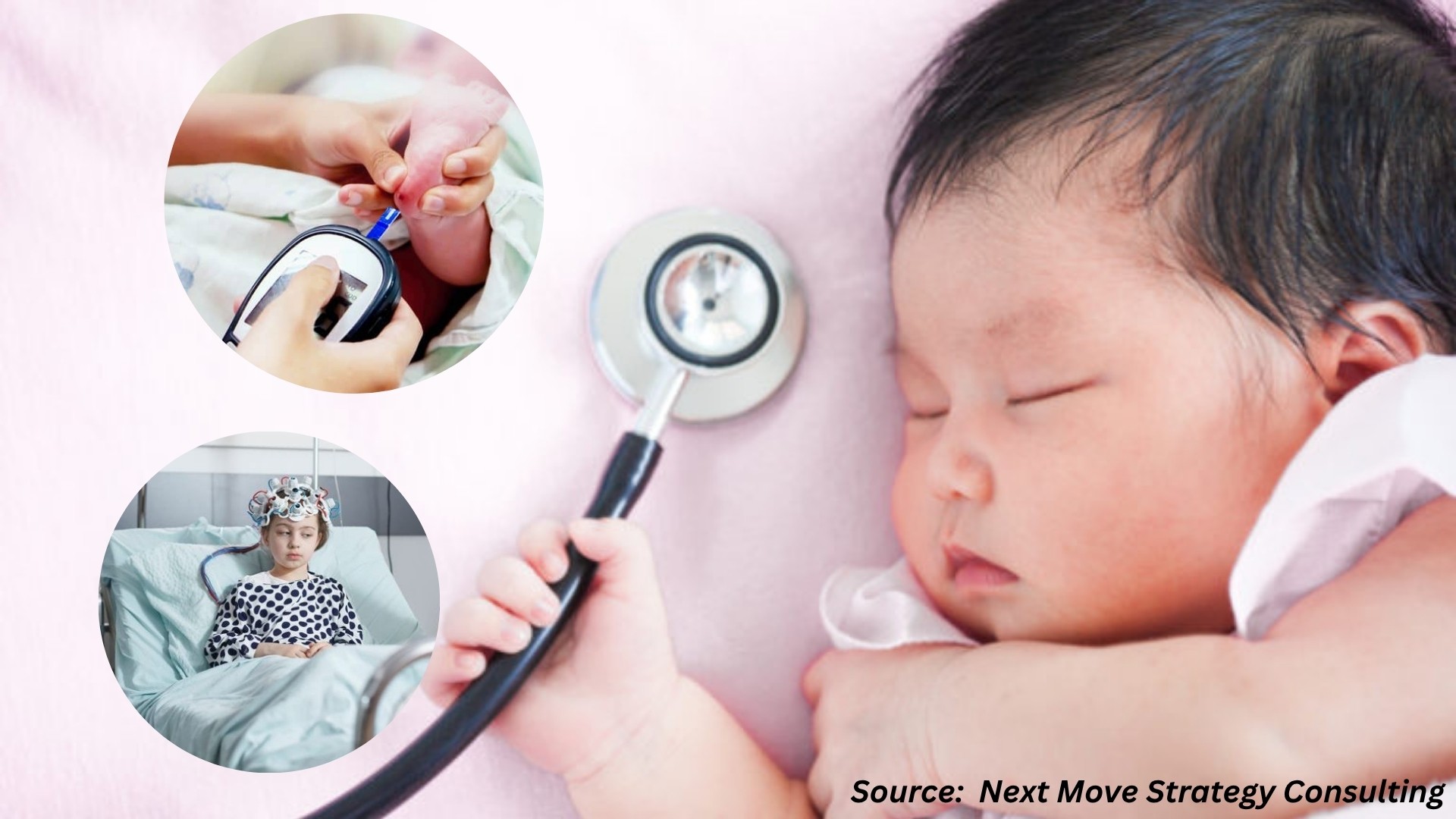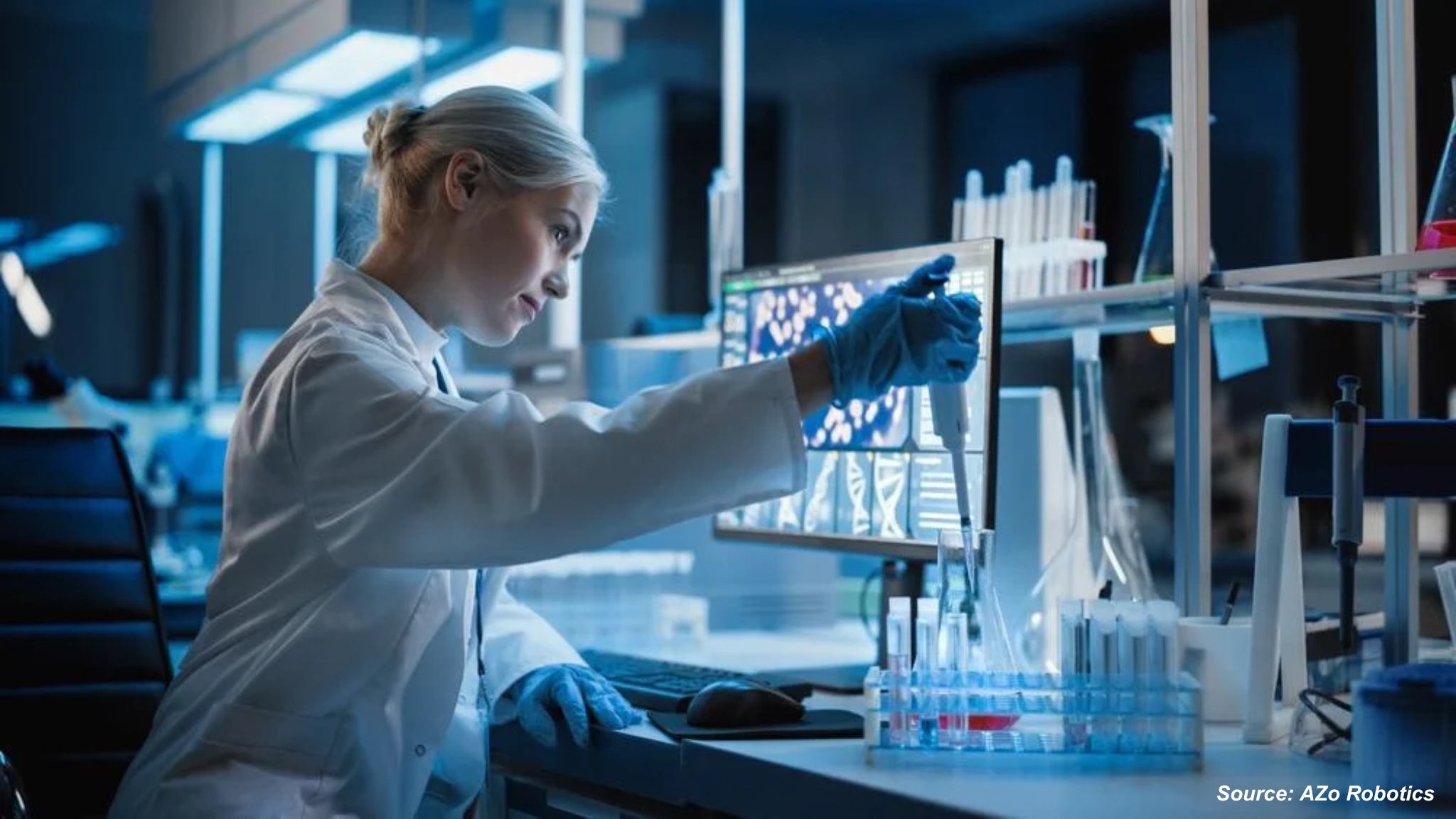Pediatric Healthcare Innovation on the Rise
Published: 2025-09-15

A growing movement is transforming pediatric healthcare technology. In 2024–2025, unprecedented collaborations, funding, and innovations are finally addressing the long neglected needs of children—no longer scaled down adults, but unique individuals requiring targeted solutions.
Bridging the Pediatric Innovation Gap
Children often wait five to ten years longer than adults to access life-changing medical innovations. By bringing together researchers, clinicians, and industry leaders, Crossroads Pediatric Device Consortium is working to close this gap more quickly, effectively, and with greater impact.
Moreover, approximately 80% of FDA-approved devices are not labeled for pediatric use, forcing clinicians to rely on adult devices or untested modifications.
Summary:
-
Significant time delays hinder pediatric device availability.
-
Off-label use of adult devices increases risk to children.
Showcasing Pediatric Innovation: Engineering a Healthier Future for Kids
The Crossroads Pediatric Device Consortium was proud to be a featured exhibitor at the event, where attendees had the opportunity to explore groundbreaking medical devices designed to improve—and often save—the lives of children.
As part of its 2025 initiative, Engineering a Future of Healthy Kids, the consortium showcased the collaborative efforts of physicians, engineers, students, and industry partners. Together, they walked guests through the entire process—from identifying unmet clinical needs to developing pediatric devices ready for real-world application. Three device teams were stationed in immersive displays replicating a classroom, laboratory, and NICU patient room—allowing attendees to experience firsthand the settings where pediatric innovation and care converge.
Summary
-
The Crossroads Pediatric Device Consortium showcased life-improving pediatric medical devices through immersive exhibits replicating real-world care environments.
-
As part of its 2025 initiative, Engineering a Future of Healthy Kids, the consortium highlighted its collaborative approach to developing innovative, clinically relevant pediatric solutions.
FDA–Children’s National Collaboration: Advancing Science and Regulation
The FDA’s Office of Science and Engineering Laboratories (OSEL) has teamed up with Children’s National Hospital to tackle the significant innovation gap between adult and pediatric medical devices.
The partnership is advancing several key initiatives:
-
A toolset outlining the unique characteristics of the pediatric brain and skull, including tissue-mimicking phantoms and a comprehensive tissue properties database.
-
Provides open-source access to in silico models, datasets, and other critical resources to advance pediatric device development.
-
Designed to support innovators in more efficiently designing and testing pediatric medical devices, with the potential to serve as a public benchmark.
Summary:
-
The FDA’s OSEL and Children’s National Hospital are collaborating to bridge the innovation gap in pediatric medical devices through specialized research and resources.
-
Their initiatives include developing a toolset with brain and skull characteristics, open-source in silico models, and databases to support efficient, benchmarked device design and testing.
Funding Innovation in Pediatric Medical Devices
Six companies working on innovative medical device solutions to address major unmet pediatric health needs have received a total of $250,000 in grant funding at the Fifth Annual Pediatric Device Innovation Symposium, hosted by the Sheikh Zayed Institute for Pediatric Surgical Innovation at Children’s National Health System.
“To improve care for children, it’s critical that we identify and support new solutions in pediatric medical devices—especially given the unique challenges innovators face in this specialized field,” said Kurt Newman, M.D., president and CEO of Children’s National. “Children’s National is dedicated to promoting collaboration among innovators, clinicians, policymakers, and investors to drive forward pediatric device development for the benefit of kids everywhere.”
Summary:
-
Six companies received $250,000 in grants at the Pediatric Device Innovation Symposium for developing solutions targeting critical pediatric health needs.
-
Children’s National emphasizes the importance of supporting innovation and fostering collaboration to advance pediatric medical device development.
Grant-Winning Innovations Advance Pediatric Medical Device Solutions
This year’s grant recipients at the Pediatric Device Innovation Symposium include six groundbreaking pediatric health solutions. Four companies were awarded $50,000 each:
-
CorInnova (Houston, Texas): Developer of a soft robotic, non-blood-contacting cardiac assist device designed to support both sides of the heart in children with heart failure.
-
Green Sun Medical (Fort Collins, Colorado): Creator of a device that applies corrective pressure for spinal deformities, offering real-time feedback for clinicians.
-
Hub Hygiene & Georgia Institute of Technology (Atlanta, Georgia): Innovators behind a low-cost, single-use cleaning technology aimed at preventing central line-associated bloodstream infections (CLABSI) in pediatric ICU patients.
-
NAVi Medical Technologies (Houston, Texas): Designers of a device that accurately identifies the placement of umbilical venous catheters (UVCs) in critically ill newborns, helping reduce the risk of catheter misplacement.
Two additional companies each received $25,000 awards:
-
Prapela LLC (Boston, Massachusetts): Developer of a “baby box” offering a non-pharmacological solution to soothe drug-exposed infants during and after withdrawal.
-
X-Biomedical Inc. (Philadelphia, Pennsylvania): Maker of a portable surgical microscope designed for use in treating preventable blindness in under-resourced and low-income healthcare settings.
Children’s National and Compremium Partner to Advance Pediatric Devices
Children’s National Hospital has announced a new partnership with Swiss medical device company Compremium AG to jointly develop and bring to market innovative medical technologies tailored for pediatric patients. This unique agreement combines Children’s National’s expertise in pediatric healthcare innovation with Compremium’s non-invasive diagnostic platform for pressure-related conditions, aiming to accelerate progress in pediatric medicine.
“This partnership marks a key move toward developing pediatric-specific technologies to fill major gaps in care,” says Kolaleh Eskandanian, PhD, MBA, vice president and chief innovation officer at Children’s National. “Compremium’s non-invasive, real-time pressure monitoring technology has the potential to revolutionize pediatric care and shows how focusing on pediatric innovation can lead to wider adoption and scalability in adult medicine as well.”
Crossroads Pediatric Device Consortium: Driving Innovation for Children’s Health
-
Collaboration at the Core – Crossroads unites Purdue University’s engineering excellence, Indiana University School of Medicine and Riley Hospital for Children’s clinical expertise, and Cook Medical’s industry leadership to build a top-tier pediatric innovation hub.
-
A Model for the Future – By creating a streamlined pipeline from research to clinical use, Crossroads aims to lead globally in pediatric medical device development.
-
Lasting Impact – By sharing talent, resources, and infrastructure, the consortium is lowering development costs, speeding up FDA approvals, and getting life-saving devices to children faster.
Conclusion:
Pediatric healthcare is undergoing a vital transformation, with growing collaboration among hospitals, research institutions, industry partners, and regulatory bodies. These efforts are closing long-standing innovation gaps, accelerating the development and approval of pediatric-specific medical devices, and ensuring that children receive timely, safe, and effective care. As more stakeholders invest in tailored solutions for children’s health, the field is poised to deliver lasting impact, improving outcomes for young patients around the world.
About the Author
 Karabi Sonowal is an experienced SEO Executive and Content Writer in digital marketing. She excels in SEO, content creation, and data-driven strategies that boost online visibility and engagement. Known for simplifying complex concepts, Karabi creates impactful content aligned with industry trends.
Karabi Sonowal is an experienced SEO Executive and Content Writer in digital marketing. She excels in SEO, content creation, and data-driven strategies that boost online visibility and engagement. Known for simplifying complex concepts, Karabi creates impactful content aligned with industry trends.
About the Reviewer
 Sanyukta Deb is a seasoned Content Writer and Team Leader in Digital Marketing, known for her expertise in crafting online visibility strategies and navigating the dynamic digital landscape. With a flair for developing data-driven campaigns and producing compelling, audience-focused content, she helps brands elevate their presence and deepen user engagement. Beyond her professional endeavors, Sanyukta finds inspiration in creative projects and design pursuits.
Sanyukta Deb is a seasoned Content Writer and Team Leader in Digital Marketing, known for her expertise in crafting online visibility strategies and navigating the dynamic digital landscape. With a flair for developing data-driven campaigns and producing compelling, audience-focused content, she helps brands elevate their presence and deepen user engagement. Beyond her professional endeavors, Sanyukta finds inspiration in creative projects and design pursuits.
















Add Comment